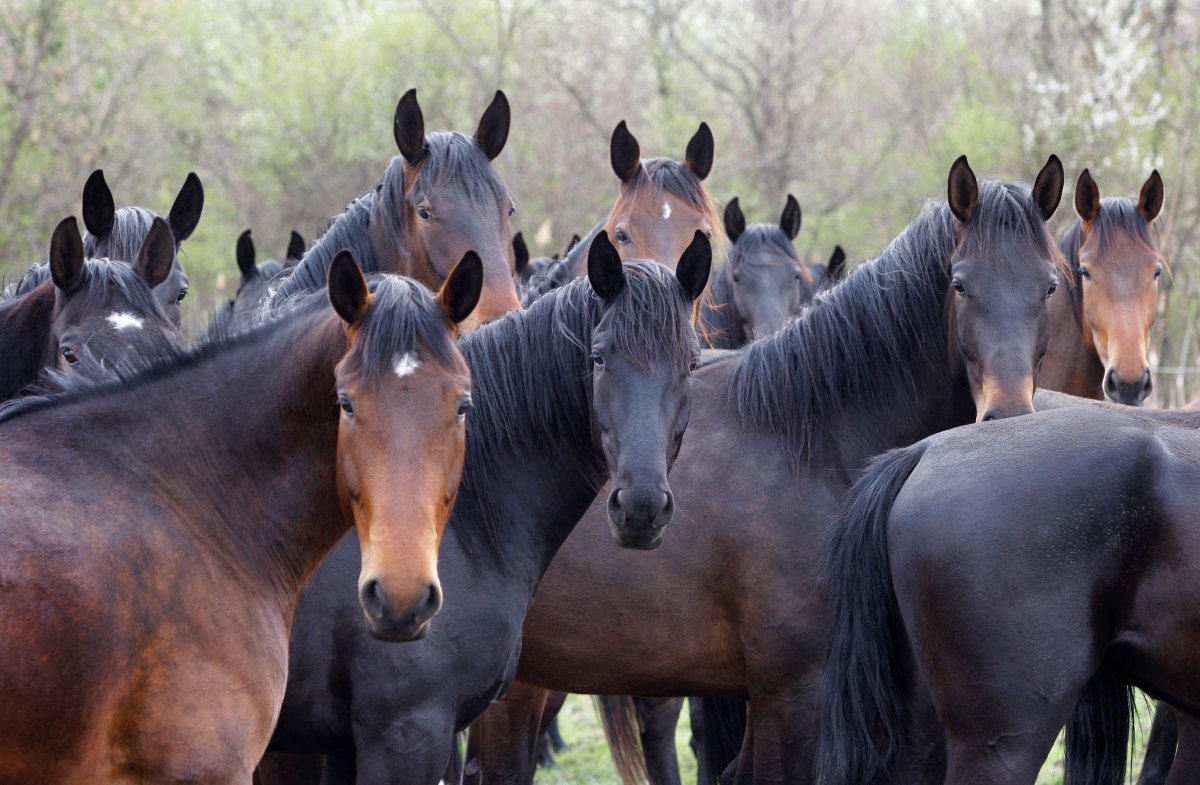
With no new anthelmintic drugs on the horizon, it is especially important to maximize efficacy of those currently available, particularly against cyathostomins (small strongyles). Over a six-year period, a field study evaluated a selective anthelmintic treatment course in 93 horses on five farms in France and Switzerland. [Roelfstra, L.; Quartier, M.; and Pfister, K. Preliminary Data from Six Years of Selective Anthelmintic Treatment on Five Horse Farms in France and Switzerland. Animals 2020, vol. 10, 2395; doi:10.3390/ani10122395].
Selective (also called targeted) deworming protocols rely on treatment based on fecal egg counts (FEC) to deworm only individuals with a FEC exceeding 200 eggs per gram (epg). Maintenance of a parasitic refugia with this strategy leaves susceptible worms unexposed to anthelmintics while also decreasing use of anthelmintic drugs within a herd. The less drug administered and the fewer parasites exposed, the less opportunity for helminths to develop resistance.
Fecal samples were collected twice (spring and fall) yearly for a total of 757 samples between autumn 2014 and spring 2020. Horse ages ranged between 3–32 years. Only 34.7% of these samples yielded EPG >200, targeting solely those horses for treatment with anthelmintics. This strategy ameliorates overuse of anthelmintic drugs that could stimulate parasitic resistance, and the study demonstrated that two-thirds of horses could potentially receive less intensive treatment than done in the past.
In conclusion, the authors stated: “A selective anthelmintic treatment scheme can be successfully implemented on riding horse farms with varying numbers of horses or horse owners, or under difficult management (e.g., frequent moving in/out of horses or horse owners) and pasture conditions.”








